Last week’s mini-tutorial in futures studies was on the sneaky nature of change. How can we notice change as it creeps up or springs upon us? We can actively look for bits of information that give hints of the future. This information may be embedded in articles, blogs, tweets, “top ten” lists, research results, mainstream media, books, films and everyday conversation.
In future-speak, looking for such early hints of the future is called scanning. Scanning identifies and monitors change, anticipates disruptions and helps us imagine the implications of what we observe. Our goal in scanning is to find what is not already known, to go beyond established wisdom and seek the new. We look for early signs, teases and hints of trends that are just beginning or changes in speed or direction of existing trends. This post is my pitch for the absolute fundamental importance of scanning in making us aware of what is going on in the world. In other words–read, people! It was important when you were in school, it’s still important now.
Now it’s harder, though, because you aren’t flogging away at a textbook. You are looking for your own source material, and you don’t know where the important stuff is going to pop. Your scanning should includes mainstream sources (newspapers, journals, magazines etc.) but also “fringe” sources (blogs by new voices and emerging experts, social media, YouTube.) Mainstream sources will tend to reinforce what you think you already know, but the fringe sources may well challenge your beliefs and help you to question your assumptions.
Good scanning involves more than just plowing through that pile of journals and books you never seem to get to. It also involves nosing around obscure blogs, watching (occasionally silly) videos and browsing trashy magazines. In other words, it is playful, eclectic and exploratory—adjectives museum practitioners usually use as complements. Until it comes to sitting at your own desk putting off “real work” to soak up bandwidth with YouTube or flip through “Martha Stewart Living.” Then it feels an awful lot like wasting time.
So how do you validate this activity, and make sure it doesn’t get pushed to the bottom of the priority list? I recommend embedding it in your work environment and your daily routine. For example, what is the home page for your internet browser? The most important tab that opens for me every morning is iGoogle, which I have configured to include:
- A Newsbar programmed to scan for a bunch terms I am interested in at the moment, including “future of museums,” “alternate reality games.” “futures forecasting,” “demographic trends” and “future of education,” along with the names of interesting people I am keeping an eye on.
- Google Reader, where I follow about 60 blogs, with a few of my favorites being
- Museum Audience Insight from Reach Advisors, featuring previews and highlights from their research for organizations in such as tourism and resorts, museums and culture, community development, and healthy living.
- Know Your Own Bone where Gen Y blogger Colleen Dilenschneider writes about the evolution of social change in museums and other nonprofits
- The Future of Education is Here from the KnowledgeWorks Foundation
- Worldchanging a nonprofit media company that seeks out and highlights “new tools, models and ideas for building a bright green future.”
Do I read all the blog posts that pop up in the reader? Good heavens no! That really would eat my life. But usually I find two or three interesting posts each day by scanning the headlines, and if I don’t find anything that looks promising, I’ll read a couple at random, anyway, just in case.
- A gadget monitoring Twitter, but I keep Tweetdeck open as well, where I set up search columns to following timely topics (like current conferences) as well as the tweets of a couple hundred organizations and individuals CFM “follows.” The most useful tweets, for me, disseminate links to research and news items I might not otherwise spot, or bring interesting projects to my attention.
Is this distracting? Well honestly, it was at first. Sometimes it still is. But I make a habit of checking iGoogle and Tweetdeck when I sit down at my computer in the morning, again just after lunch, and during an afternoon break. This is an “official” and valued part of my work day.
Another thing you can do to embed scanning in your work is to create formal ways to share and use what you find in your scanning. I’ll write more about that in a future post…
You can access Garry Golden’s Guide to Scanning for Change, along with links to more blogs of interest, on the Reading About the Future section of the CFM web site. We share highlights ofour scanning in our weekly e-digest, Dispatches from the Future of Museums. But if you rely on us to do the scanning, we risk becoming myopic or missing good stuff. The more eyes open the better, when it comes to spotting the future. Help us out by using the comment section, below, to share your favorite sources of information about trends and innovations!

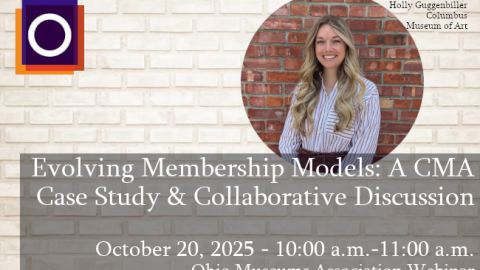
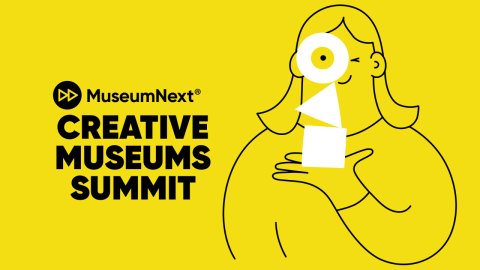
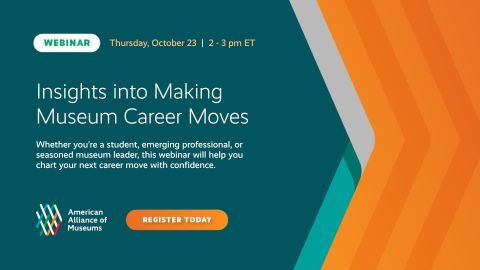
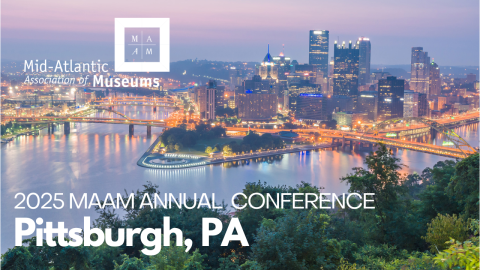
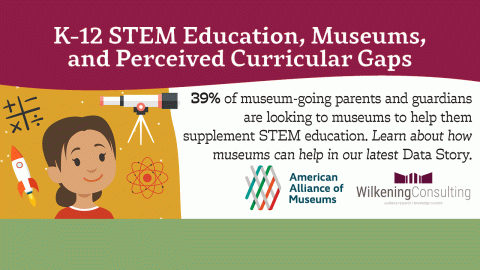
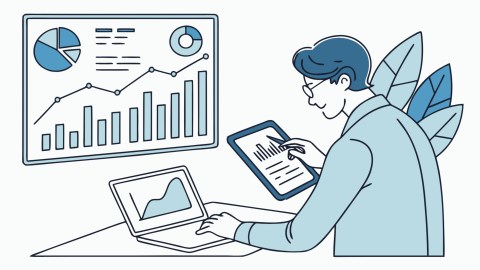
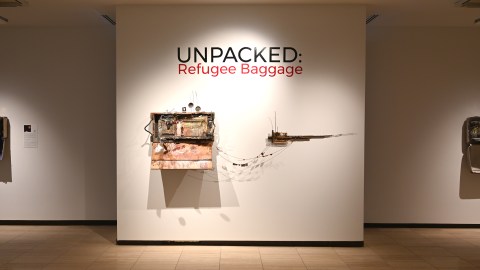
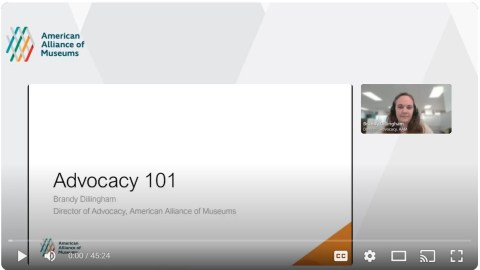
Thanks for this post, I found the links you shared very interesting and I added them to my Google Reader which is also an integral part to my iGoogle, too! I find it hard to find blogs that are relevant to my *Canadian* museum-worker interests, however- while there are many international trends, there is stuff in the blogs that is unique to USA and it's not that I don't care about it, it's just that it isn't as immediately relevant to me (there are times when it gets REALLY hard to justify scanning when I'm reading about US-centric stuff). Otherwise though I do a lot of the same things in my scanning. What iGoogle widget are you using when you talk about "A Newsbar programmed to scan for a bunch terms I am interested in at the moment…"?
Thank you for this mini-tutorial. As a newbie interested in the future of museums I've been wondering "how" to get started. Each of the posts in the mini-tutorial has been useful.This last post gives me a point-of-departure to use as I develop my own process for gathering useful information. I'm considering the workshop in Houston.
@J Goreham-Penney — Please let us know about any links or resources you uncover that have a Canadian focus. I try to include non-US material in the weekly "Dispatches from the Future of Museums" whenever I can. Two Canadian sites I really like (and which you may find helpful): Hill Strategies (especially the periodic Arts Research Monitor) and Stephen's Web (Stephen Downes is an e-learning guru, but many of his insights can be applied creatively to museums). — Phil Katz, asst director for research at AAM